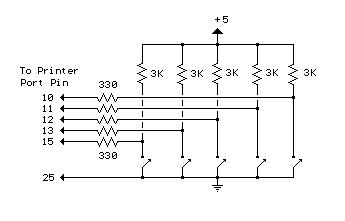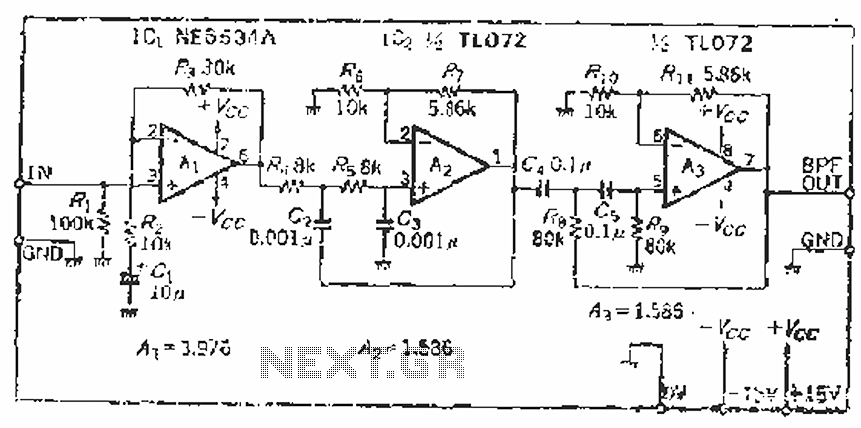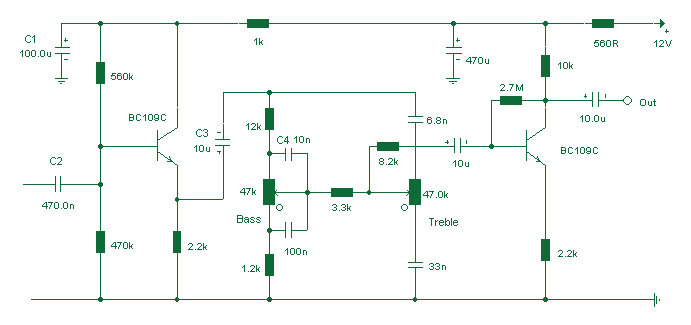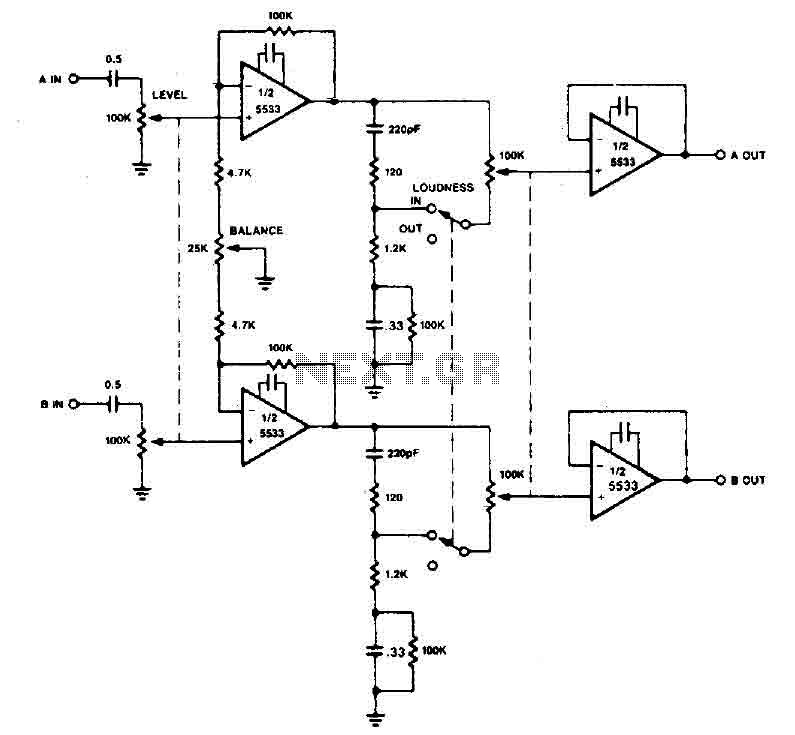
Bypassing tone controls from Dyna Pas preamp
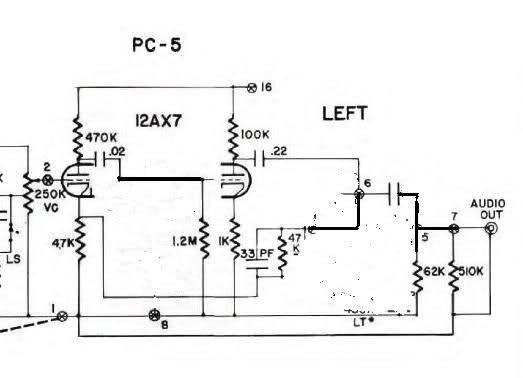
Inquiring about a simple method to bypass the tone controls in the preamplifier, with the understanding that a feedback circuit may be involved, leading to uncertainty.
To bypass the tone controls in a preamplifier, one common method is to modify the feedback loop of the circuit. Typically, tone control circuits consist of passive components such as resistors and capacitors that shape the frequency response of the audio signal. These components can be found in the feedback path of the operational amplifiers (op-amps) used in the preamp.
To effectively bypass the tone controls, the following steps can be taken:
1. **Identify the Tone Control Circuit**: Locate the section of the schematic that includes the tone control components. This often involves capacitors and potentiometers that adjust bass, midrange, and treble frequencies.
2. **Analyze the Feedback Loop**: Understand how the feedback circuit interacts with the tone control. The feedback loop typically takes the output signal and feeds it back to the inverting input of the op-amp, where the tone controls are applied.
3. **Remove or Bypass Components**: To bypass the tone controls, one could either remove the tone control components from the circuit or create a direct path for the signal that avoids these components. This can be achieved by:
- Connecting a jumper wire across the tone control circuit, effectively skipping it.
- Using a switch to toggle between the tone control circuit and a direct signal path.
4. **Ensure Stability**: After modifying the circuit, it is crucial to ensure that the feedback loop remains stable. This may involve recalculating any necessary resistor values to maintain the desired gain and frequency response without introducing oscillations.
5. **Testing**: After the modifications, thorough testing is essential to ensure that the audio quality meets expectations and that the bypassed path does not introduce unwanted noise or distortion.
By following these steps, the tone controls can be bypassed, allowing for a more direct audio signal path that may enhance the overall sound quality for certain applications.Just wondering if there was a simple way to bypass the tone contols in the pas preamp. I believe there is a feedback circuit involved, so wasn`t sure .. 🔗 External reference
To bypass the tone controls in a preamplifier, one common method is to modify the feedback loop of the circuit. Typically, tone control circuits consist of passive components such as resistors and capacitors that shape the frequency response of the audio signal. These components can be found in the feedback path of the operational amplifiers (op-amps) used in the preamp.
To effectively bypass the tone controls, the following steps can be taken:
1. **Identify the Tone Control Circuit**: Locate the section of the schematic that includes the tone control components. This often involves capacitors and potentiometers that adjust bass, midrange, and treble frequencies.
2. **Analyze the Feedback Loop**: Understand how the feedback circuit interacts with the tone control. The feedback loop typically takes the output signal and feeds it back to the inverting input of the op-amp, where the tone controls are applied.
3. **Remove or Bypass Components**: To bypass the tone controls, one could either remove the tone control components from the circuit or create a direct path for the signal that avoids these components. This can be achieved by:
- Connecting a jumper wire across the tone control circuit, effectively skipping it.
- Using a switch to toggle between the tone control circuit and a direct signal path.
4. **Ensure Stability**: After modifying the circuit, it is crucial to ensure that the feedback loop remains stable. This may involve recalculating any necessary resistor values to maintain the desired gain and frequency response without introducing oscillations.
5. **Testing**: After the modifications, thorough testing is essential to ensure that the audio quality meets expectations and that the bypassed path does not introduce unwanted noise or distortion.
By following these steps, the tone controls can be bypassed, allowing for a more direct audio signal path that may enhance the overall sound quality for certain applications.Just wondering if there was a simple way to bypass the tone contols in the pas preamp. I believe there is a feedback circuit involved, so wasn`t sure .. 🔗 External reference
